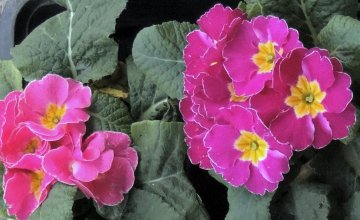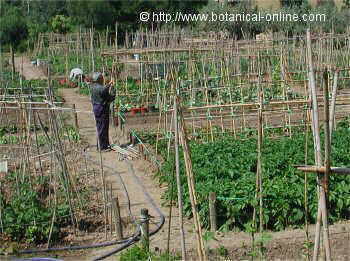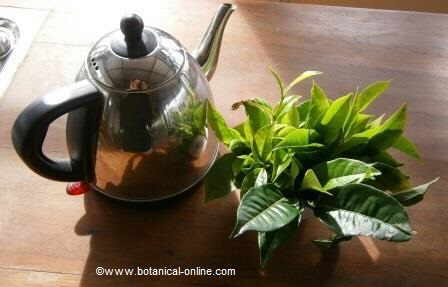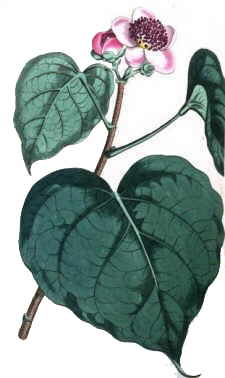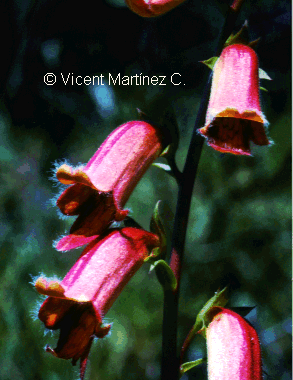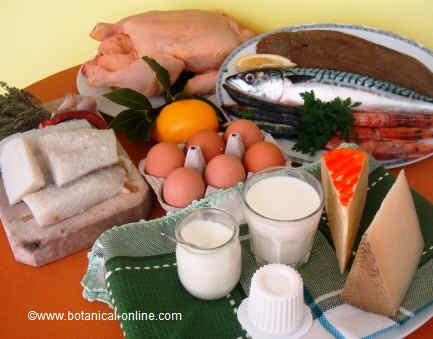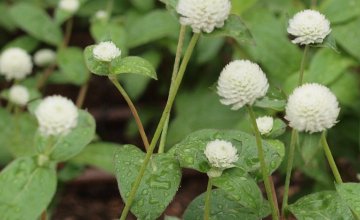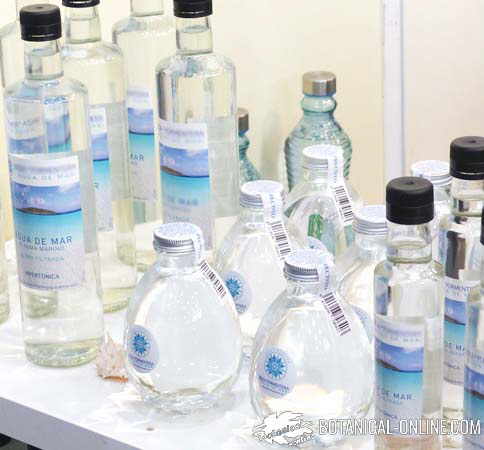Contents
Cultivation of rocket
HOW TO GROW ROCKET
Common noun: arugula, rocket, garden rocket.
Scientific noun: Eruca vesicaria Cavanilles.
Family: Brassicaceae or Cruciferae
Habitat: plant native to southern Europe and Western Asia. It is found in fields and roadsides of the Mediterranean regions: southern Europe, northern Africa and Western Asia. Widespread in North America.
 Rocket description
Rocket description
Annual herb till 15 to 50 inches high, deeply segmented leaves, pinnatisect or lyrate-pinnatifid. Inflorescence arising from a flower stalk topped by white flowers in clusters. Flowers composed of four petals whitish or yellowish, with persistent sepals to fruit maturity at times. Elongated fruits that end in a sort of beak (siliques). At maturity, the fruits are opened and biseriate seeds are displayed inside, slightly flattened and ocher.
* More information: Characteristics of arugula.
 Uses of rocket
Uses of rocket
– Rocket leaves are a typical ingredient of salads, but they can be cooked like spinach.
– Rocket flowers can be taken in salads, soups, They are an ingredient of butter flowers and can be used to decorate desserts.
– Rocket seeds are a historical substitute of mustard seeds, They are typically used in salad dressings or potato, for example.
– The pressing of the rocket seeds produces an oil known as Taramira oil. This oil is used industrially as a lubricant for the manufacture of soaps, massage oils, to prepare and to develop medical formulas. It has also been used to adulterate other oils such as evening primrose oil.
– Rocket sprouts are a condiment for salads.
 Suitable climate for rocket
Suitable climate for rocket
This annual plant grows rapidly when grown in warm climates with mild temperatures, such as at the Mediterranean areas, where it originates and where it can be found as widespread plant.
– Too much sun gives rocket a too bitter taste to its leaves, so that, for the consumption of the leaves, it is recommended to plant it in spring.
– Rocket tolerates cold temperatures to -10 º C. Intense cold does not allow to develop the plant.
 Light for rocket
Light for rocket
It can be grown in sunny places or slightly dark ones.
 Suitable soil to grow rocket
Suitable soil to grow rocket
It grows in all types of soil, although it prefers calcareous soils, permeable, well drained, with organic matter or well fertilized.
 Watering
Watering
Its development requires soil to be humid, specially from spring to autumn. Water it regularly.
 How to propagate it?
How to propagate it?
It can be propagated by seeds
 How to sow it?
How to sow it?
– Sowing must be done from March to October at a distance between 15 and 30 centimeters. Between 6 and 10 grams of seeds are required for 10 square meter.
– When the soil is kept moist and in fertile conditions, germination occurs in the following 10 to 14 days.
– It is important to weed and remove the soil periodically to aerate it and eliminate weeds.
 Crop associations
Crop associations
– Avoid growing rocket with plants of the same family, such as radish, cabbage or turnips.
– Its growing conditions are favorable also for partnerships with eggplant, tomatoes and peppers.
 Harvesting rocket
Harvesting rocket
– The harvest of the leaves should be done before flowering stem develops, since leaves taste better. This happens to mid summer (July-August) when grown in spring, or middle of November (November-December) when grown in early autumn in the Northern hemisphere. Plants have a height between 8 and 10 centimeters. Cut the sheets to ground level. You can make between 5 and 7 cuts per year.
– Plants grown in winter are more bitter than those grown in spring.
– When the plant produces flowers, or they are planted in autumn, the leaves have a bitter taste, in which case we recommend using mixtures of leaves such as lettuce (Lactuca sativa) to lighten the taste.
– The flowers also can be collected to add to salads. It blooms in spring (April-May), when sown in autumn, or summer (August-September), when sown in spring.
– If you want to get your seeds, you need thinning the fruits to get higher quality seeds. Collect them before the maturity of the fruits (before opening). Inside them you have the seeds, ovoid, brown and tiny, in sets of two rows. Open the fruit, remove seeds and add to vinaigrettes and salads. It tastes like fresh spicy mustard (Brassica juncea).
 Plagues of rocket
Plagues of rocket
– When not grown close to other plants of the same family, they are resistant to cryptogamic diseases (fungal diseases or parasites) that attack crucifers.
– If plants are grown too close between them, they are at risk of being attacked by rust (fungus Basidiomycota)
– Also when they are too close, they are more susceptible to powdery mildew (Uncinula necator fungus).
– They may have aphids
![]() More information about rocket.
More information about rocket.

 Watering
Watering Harvesting rocket
Harvesting rocket